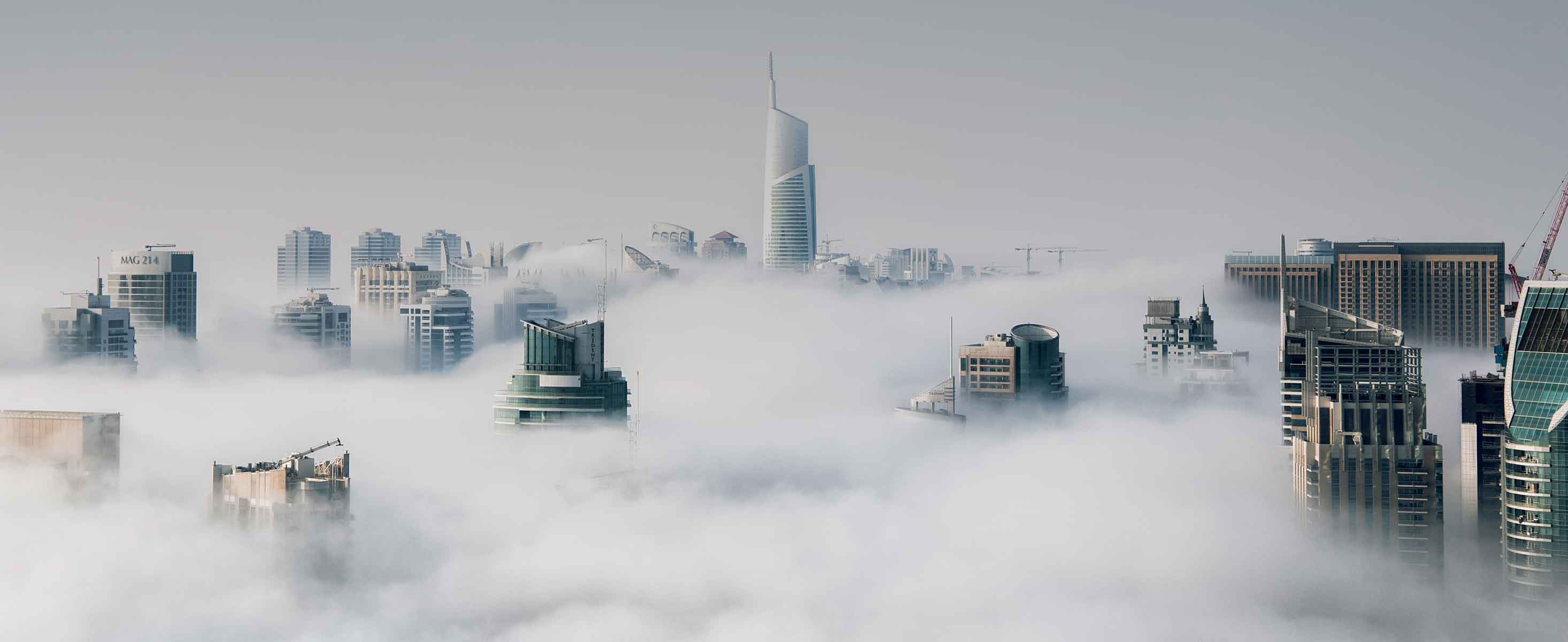ERIC PRYDZ
Liam Tomaszewski (Punkette), Ross Chapple (RCLD), Mark Calvert (RES), Simon Cox, Dave Green (RES) and Bryn Williams (Light Initiative).
AiM codec developed by Avolites, myself and Trey Harrison of Harrison Digital Media in California. The codec facilitates impeccable video quality along with class-leading performance. The Ai software also has some incredible video-mapping capabilities, which allowed us to drive the near-perfect spherical output map produced in collaboration with Bryn Williams at Light Initiative.” Eric Prydz commented on the design of this latest performance: “I’m excited to see our nearly impossible idea come to life and I hope the people watching are as wowed by the sphere as I am. It’s fun to see how far you can push it, how extreme you can make things, and how you can come up with ideas that people haven’t seen or experienced before. Then, the joy of seeing people going absolutely crazy over it is an amazing feeling.” Calvert concludes: “The EPIC shows get more and more ambitious every time. It’s as exciting as it is satisfying to see the hard work of so many talented people come together for a truly awesome experience. I would like to personally thank everyone involved in both our internal project team, Light Initiative team and Tomorrowland’s team for their dedication and passion to realising EPIC 6.0 – especially Bryn Williams for believing in our original vision and sharing the journey with us to realisation and successful delivery of the project.” TPi Photos: Antonio Pagano and RES www.resgb.com www.lightinitiative.co.uk www.ericprydz.com
Eric Prydz’s Creative Director, Co-Designer and VJ Liam Tomaszewski, commented: “The holographic aspect to the sphere is about us creating visuals in three dimensions. This is unique. I don’t know anybody who has created three-dimensional visuals and displayed them in three dimensions, using what we call the ‘double equirectangular projection’ – a spherical map that wraps images onto the curved surface. “The Holosphere visuals were rendered by six separate virtual cameras and stitched together to create content that would be correct from all viewing angles. Figuring out the process to get to an end result that we were happy with took a really long time. When a sphere is your medium, it’s a whole new challenge. You can’t just render regular aspect ratio video and wrap it around. You have to work from the ground up with the sphere in mind, so figuring out unique looks and forming them into an overarching narrative was an enormous challenge.” Dave Green, Technical and Software Director on the EPIC project and Co-Owner of RES, has been developing the software used to drive the video elements of the show for more than 10 years: Avolites Ai software. Now commercially available in the UK, RES is one of Avolites’ Global Centres of Excellence for Ai integration. The hardware used was two Avolites R4 media servers – one main show machine and one backup. The system outputted three video feeds at up to 2,160 at 50p and playing back media at custom resolutions in the order of 4k also running at 50p. “The major challenge on the EPIC shows is always the same: keeping the media playing smoothly, while driving one of the most complex stage sets in the industry,” said Green. “We achieve this by using the fantastic 12























